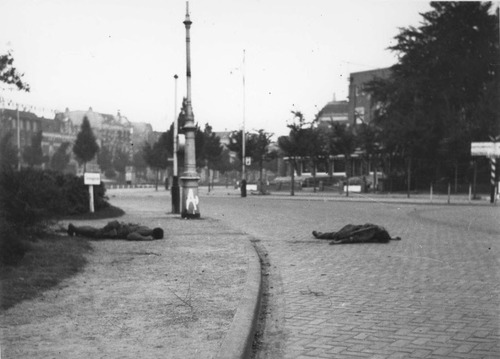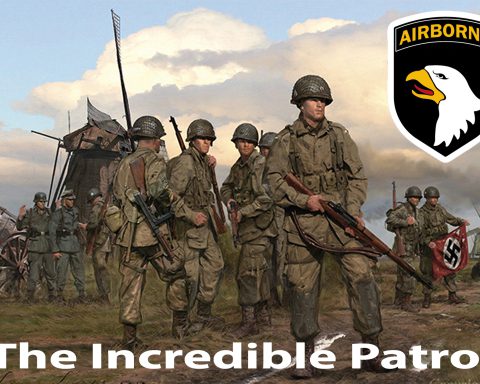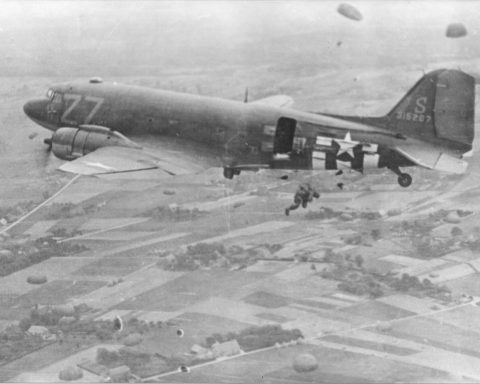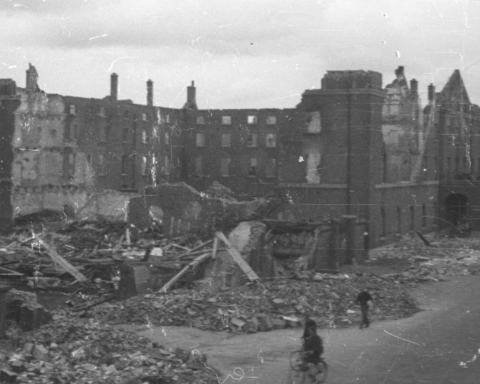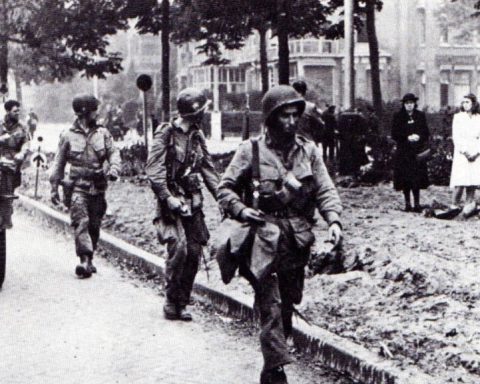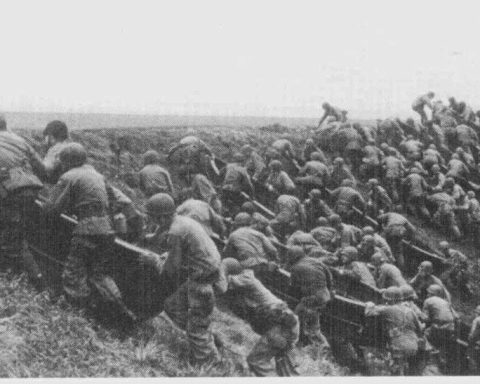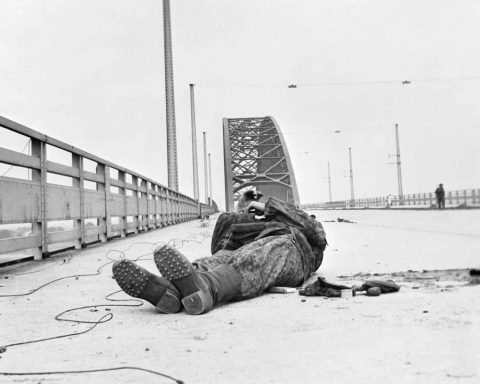The British at Arnhem were not the only airborne troops who encountered problems after the landings. The American paratroopers of the 82nd Airborne Division who had landed near Groesbeek also did not reach the objectives they were supposed to achieve on September 17 .
Capturing the Waal Bridge was not at the top of the priority list of British General Boy Browning, who had landed with his headquarters near Groesbeek and told General Jim Gavin of the 82nd Airborne Division what to do.
Thus, on September 17, it had taken until the early evening before Gaving had sent two companies to secure the Waal Bridge. Because the Germans had already hastily sent some reinforcements from Arnhem to the Waal Bridge that afternoon, including armored vehicles, the American attack came to nothing. The Waal Bridge therefore remained in German hands without any problems.
German defense
In their attempts to stop the Allied advance, the Germans concentrated their defense on Nijmegen. The ground troops of the British XXX Corps should be stopped here. For that reason, German Field Marshal Model had sent German units to Nijmegen from every corner to stop the British and Americans.
The first German troops to arrive at Nijmegen on Monday, September 18, were parts of the 10th SS Armored Division, which was stationed north of Arnhem. They had to cross in the direction of Nijmegen via the ferry over the Pannerdens Canal near Doornenburg. The Rhine Bridge near Arnhem was unavailable because the British occupied the north side of the Rhine Bridge.
Only a few soldiers and equipment could be transferred via the foot ferry at Pannerden, but it was sufficient to strengthen the German presence around the Waal Bridge. The Germans dug in at the Valkhof and around the Hunner Park. The city center of Nijmegen, which was heavily damaged during the American mistaken bombing of September 22, was an ideal place for German snipers.
It would be an impossible task for the lightly armed American paratroopers to break the strong German defense around the Waal Bridge.
Reinforcements from the Reichswald
German reinforcements were not only sent to Nijmegen from the north. German units also advanced from the east towards Nijmegen. The German 406th Division, much less strong than the division name suggests, threatened to capture the American landing areas at Groesbeek.
General Gavin had ordered an attack on the Waal Bridge, but he was forced to call off this attack and recall his units to protect the landing areas. The paratroopers were desperately needed to chase away the German troops. This allowed almost 400 gliders with reinforcements to land that afternoon.
Gavin wanted to deploy the troops for a new attack on the Waal Bridge, but General Browning did not give permission for this. According to Browning, it was more important to protect the hills east of Nijmegen, on the border with the German Reichswald. Browning feared that the Germans would attack here, after which they would have a good view of Nijmegen and the surrounding area with their artillery.
Gavin did not agree, which is clear from the passage in the operational diary in which Gavin explicitly states that he wanted to advance to the Waal Bridge. But he had to accept his superior’s decision.
“General Browning was of the opinion that maintaining the height south of Nijmegen was more important, and he determined that the primary task should be to maintain the height and maintain his position west of the Maas-Waal Canal. General Gavin therefore summoned the regimental commanders and issued the order for the defense of the position.
And so the Waal Bridge remained firmly in German hands on Monday, September 18. In fact, the Germans brought in new reinforcements every hour to defend the Waal Bridge.
The Americans did have one advantage: the tanks and troops of XXX Corps were on their way. You can read more about the advance of the ground troops in this article:
The ground troops liberate Eindhoven and advance north, but with more than 24 hours’ delay.

